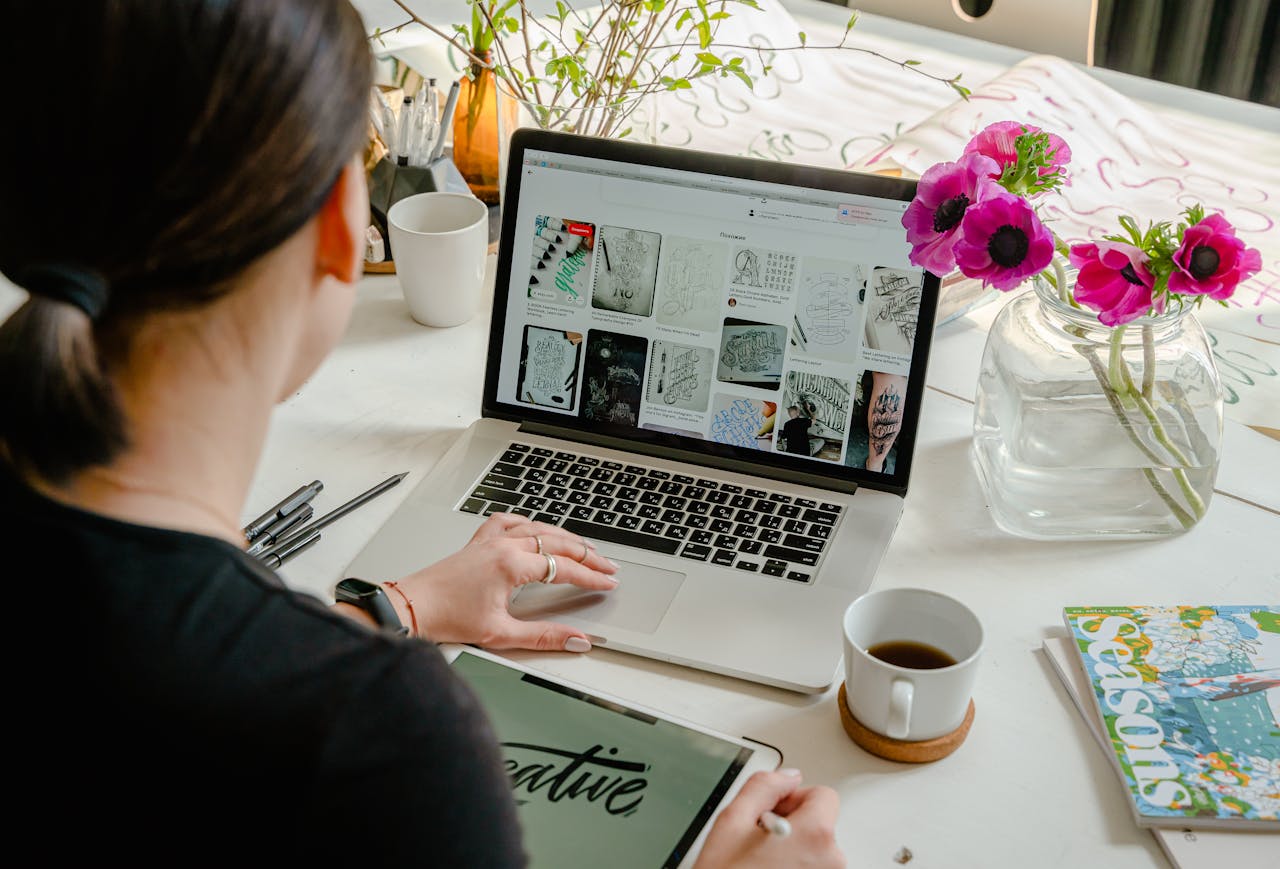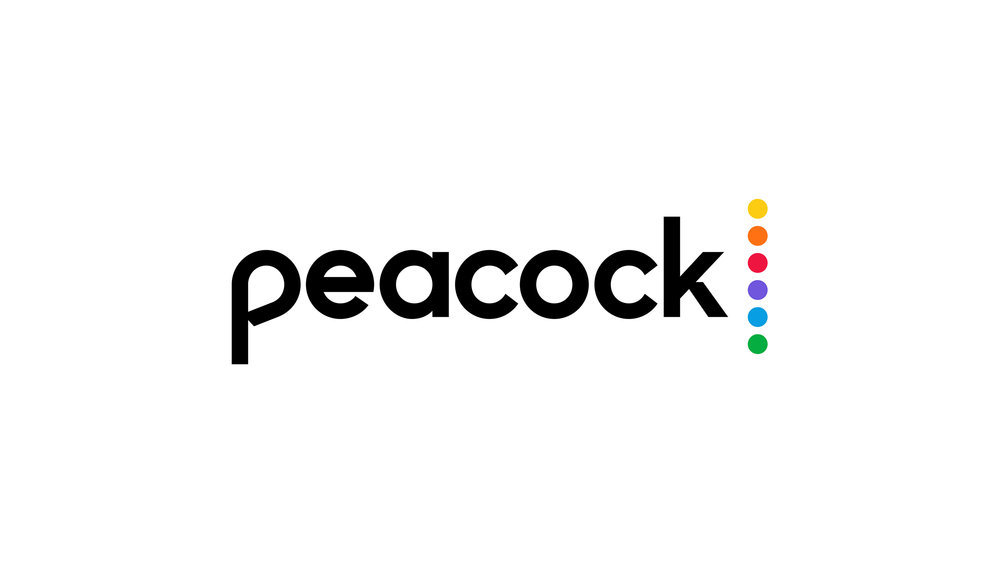#Can AI Design Tools Replace Human Designers?

Table of Contents
Are AI design tools about to replace human designers? Most of us would assume they are not quite there yet. But: could they be getting closer?
While AI can certainly generate strong designs instantly, it often misses the mark on the finer details that a human designer would catch. If you, for example, ask an AI to draw a picture of a hand—it might get a general idea, but it might not capture the subtle details that make a hand look real.
And yet, despite these limitations, AI has its strengths. It can handle repetitive tasks, analyze vast amounts of information, and even suggest ideas that a human designer might not have thought of.
So, while AI isn’t ready to take over the design world just yet, it’s definitely changing the game. To succeed in this new era, designers need to adapt and integrate AI into their workflows.
In this article, we’ll explore the current state of AI in design, its strengths and weaknesses, how designers can adapt, and what the future might hold.
The Rise of AI Design Tools
AI design tools are shaking up the industry. They’re fast, efficient, and can generate hundreds of ideas in no time. Tools like Midjourney, DALL-E, and Adobe Sensei use advanced algorithms and vast datasets to create designs that are visually attractive and technically precise.
However, AI’s speed and efficiency come with limitations. These tools lack the human touch—they don’t understand emotions, cultural contexts, or storytelling. They serve as powerful assistants but fall short of replacing the instinctive decision-making of human designers.
AI: A Powerful Partner
AI isn’t here to replace you, the designer. It’s here to assist you. Think of AI as a powerful ally, taking on monotonous tasks and freeing you to focus on the creative, strategic parts of your work.
Here’s how AI can help:
- Automating Boring Tasks: AI can handle repetitive tasks like resizing images, selecting colors, and generating variations. This automation means you spend less time on tedious work and more on creativity.
- Data Analysis: AI can sift through large datasets, spotting trends and suggesting design improvements. This can provide insights that might not be immediately obvious.
- Generating Ideas: AI can propose a range of design ideas, sparking inspiration that you might not have thought of. This expands your creative possibilities and helps you think outside the box.
By taking care of the heavy work, AI lets you focus on what you do best—coming up with ideas, solving problems, and creating designs that connect on an emotional level.
Let’s look at some tools that make this possible:
- Microsoft Designer: This tool offers a user-friendly interface and a range of features for creating various items quickly, from social media posts to professional presentations. It leverages AI to suggest design elements and layouts, making your workflow smoother and faster.
- Adobe Firefly: Firefly allows you to generate vectors, brushes, and textures from simple prompts. It’s perfect for experimenting with new concepts and bringing your creative visions to life without extensive manual work.
- Runway: Runway simplifies video editing with its comprehensive suite. It offers advanced features for color correction, visual effects, and seamless integration with other tools, streamlining your entire production process.
With AI as your partner, you can work faster, explore more ideas, and push your creative boundaries further. That said, no matter how advanced AI gets, it can’t replace the unique human perspective. Let’s explore what makes human designers truly irreplaceable.
The Irreplaceable Human Touch
Despite AI’s capabilities, it can’t replicate the unique qualities that human designers bring. Designers infuse their work with personal experiences, empathy, and an understanding of human behavior that AI lacks.
Human designers can:
- Anticipate user needs and craft engaging narratives.
- Understand the emotional impact of design elements like color and typography.
- Grasp cultural context and ensure relevance and sensitivity.
AI might be able to generate a variety of design options, but it can’t really understand the emotional impact of color choices or the cultural significance of certain design elements. It can’t predict how a user might emotionally respond to a particular design or how a design fits into a larger strategic vision.
So, how can we blend AI’s capabilities with human creativity to create exceptional designs?
Collaboration: The Future of Design
The future of design isn’t about AI versus humans; it’s about using the strengths of both to create exceptional work. AI can generate several ideas and handle repetitive tasks, freeing human designers to refine these ideas with creativity, strategic thinking, and emotional intelligence.
Here’s how to make the most of AI in your design process:
- Streamline Your Workflow: Let AI take care of repetitive tasks like resizing images and selecting colors. This frees up your time to focus on more complex design elements.
- Speed Up Iterations: Use AI to quickly generate multiple design variations. This allows you to test and refine ideas faster, improving the overall design process.
- Enhance Quality: Leverage AI’s precision to ensure technical accuracy, while you add the creative touches that make a design stand out.
- Stay Innovative: Use AI to explore new design concepts and ideas that you might not have thought of on your own. This expands your creative possibilities and keeps your work fresh.
- Make Data-Driven Decisions: AI can analyze large datasets to spot trends and suggest design improvements. Use these insights to inform your design choices and stay ahead of the curve.
The key is to view AI as a partner. It handles the heavy lifting, but your creativity and vision bring the final product to life. This collaboration is the future of design—leveraging technology to enhance, not replace, human creativity.
That said, the impact of AI goes beyond the creative process itself.
AI in Design Meetings: Enhancing Collaboration
AI is changing not just how we design, but also how we collaborate. Effective communication is crucial in design projects, and AI meeting assistants can make a big difference. By automating meeting tasks, AI lets designers focus more on creativity and less on administration.
- Transcriptions: AI can transcribe meetings in real-time, ensuring nothing is missed and everyone is on the same page.
- Summaries: Generate concise meeting summaries, highlighting key points, decisions, and next steps.
- Action Items: Identify and track action items, ensuring follow-through on tasks and responsibilities.
Using AI in your meetings means less time spent on logistics and more on what really matters—creating great designs! This is especially important as design teams often juggle multiple projects and meetings.
The Future of Design
Let’s rewind and revisit our original question: Can AI replace human designers? The short answer is no. But it will definitely change the game.
Designers who rely on both AI and their insights will thrive. Those who leverage AI for repetitive tasks will have more time to add creative details and make their work more impactful.
Here’s the bottom line: AI is here to stay. It’s not a threat; it’s an opportunity. An opportunity to work smarter, push the boundaries of what’s possible, and create designs that make a real difference in people’s lives.
The future of design is about human-AI synergy. It’s about creating designs that are not only functional but also emotionally resonant. It’s about leveraging technology while staying true to your core values as a designer.
Featured image by Antoni Shkraba
If you liked the article, do not forget to share it with your friends. Follow us on Google News too, click on the star and choose us from your favorites.
SourceIf you want to read more News articles, you can visit our General category.



